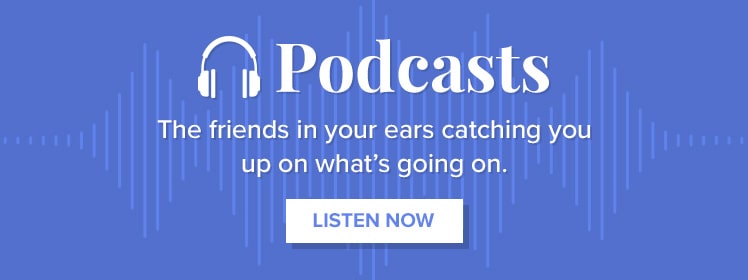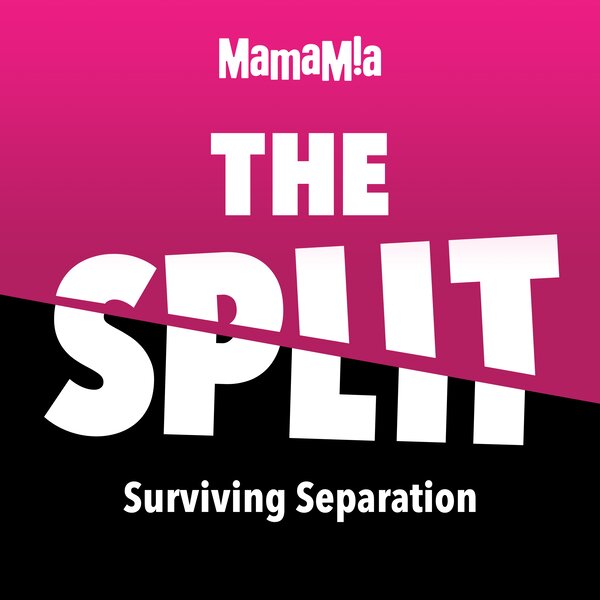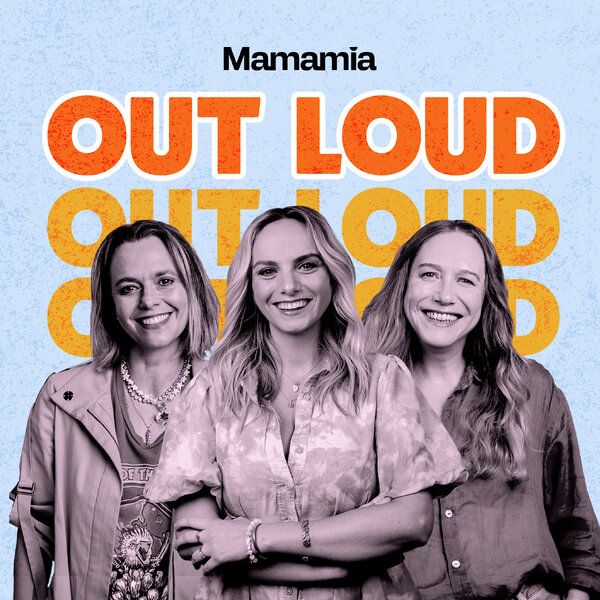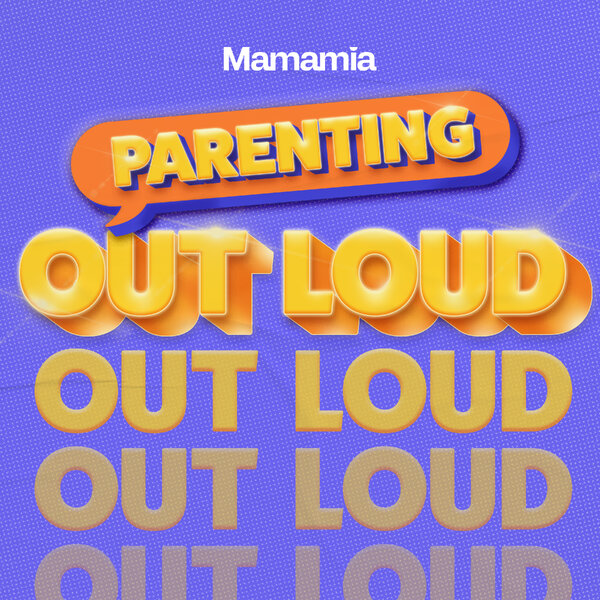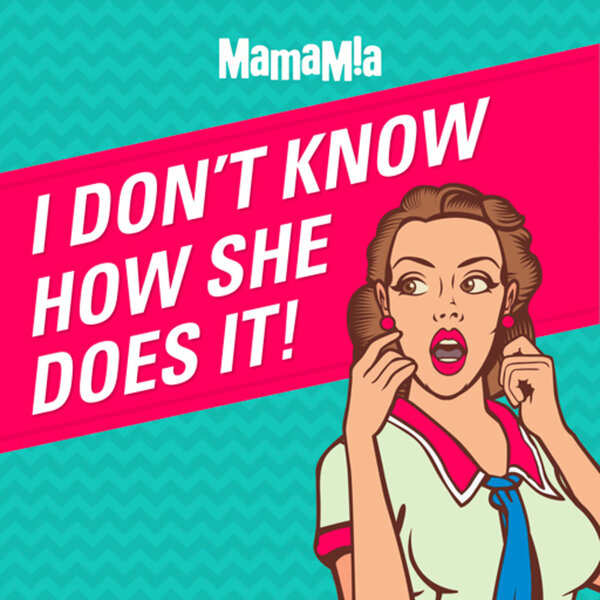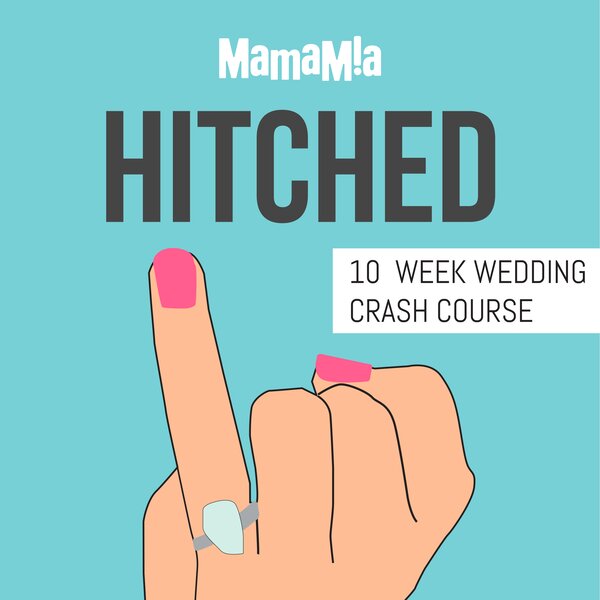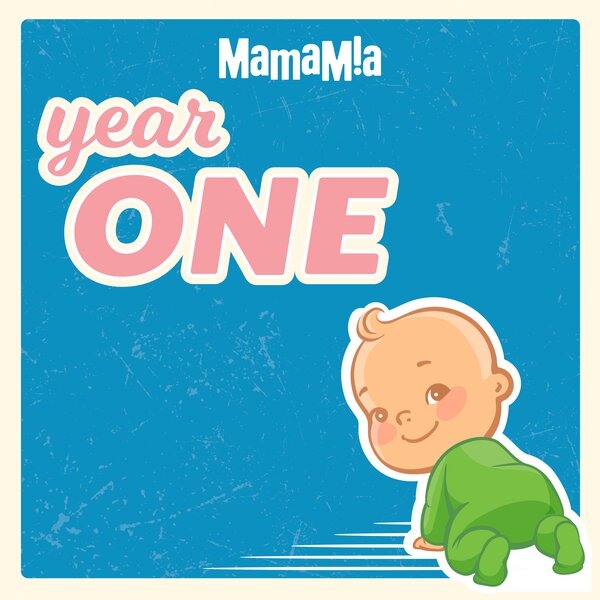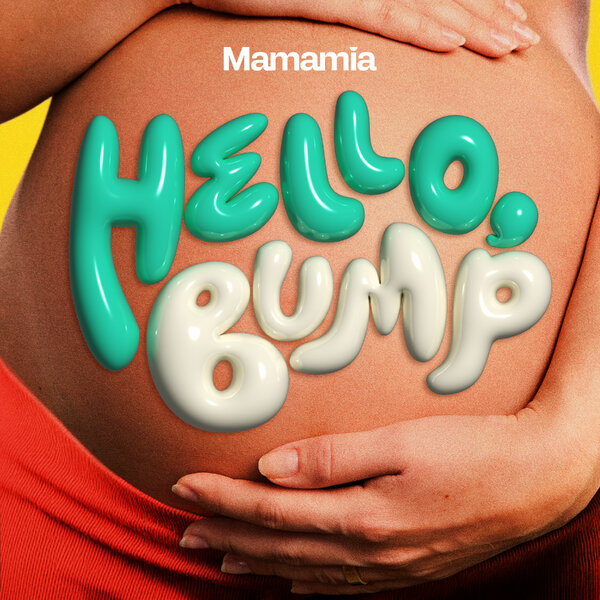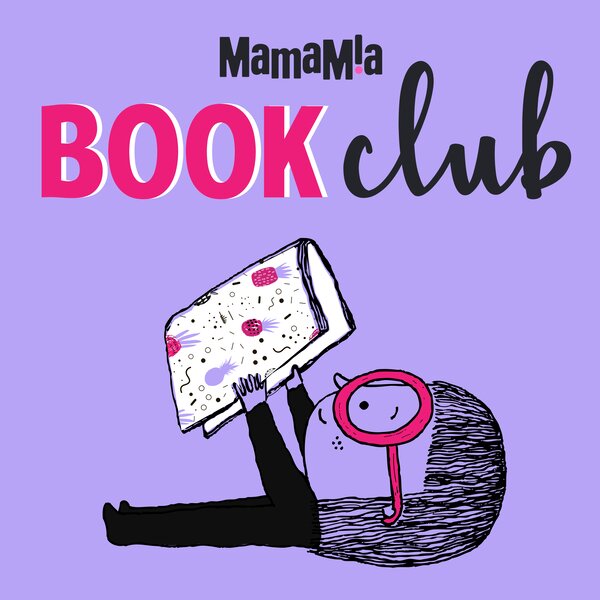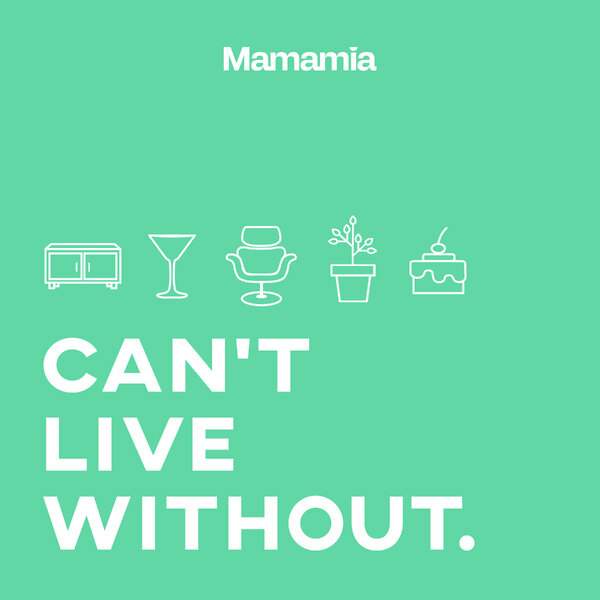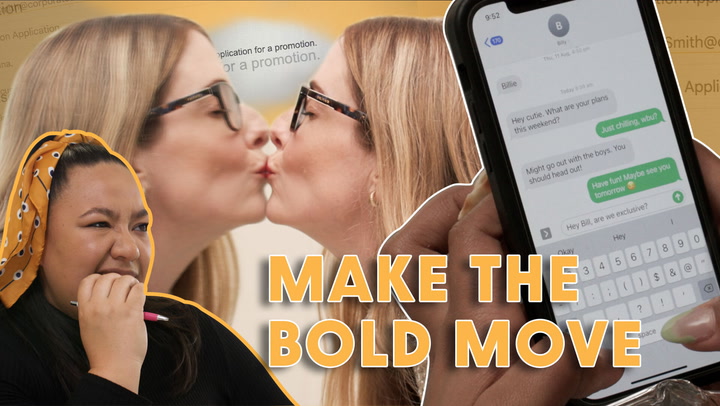Jane Sheahan’s death was filmed.
Not accidentally. As she desperately fought to hold on in fast flowing floodwaters, and as rescuers [they were not trained professionals] did their best to get to her, a group stood nearby and reached for their phones. Nobody was ever saved through the lens of a phone. Jane was swept away and her body was found on Sunday.
Of course we’ll never know if those extra hands might have made a difference. Perhaps the team of rescuers already on hand – they saved Jane’s son Darcy – did everything that could be done. But that’s not the point.
The issue is this: what compels anyone to film someone’s demise?
This isn’t just the bystander problem anymore. This is Bystander 2.0. The apathy of a digital generation whose phones are an extension of their body. Malcolm Gladwell explained the bystander problem as a passive response to an immediate problem. ‘Oh, somebody else will help out. There’s plenty of people around’. That’s it in a nutshell. But this? This requires engagement with the tragedy beyond just hearing it or seeing it with your own ears and eyes.
These witnesses had to pull out their phones. Select the camera function. Press record.
I’m disgusted because, if I’m completely honest, I might well have done the same thing. Am I wrong in thinking many of us would?
Hear me out.
Everyone’s a citizen journalist these days. Whether they think of themselves that way or not. And pictures maketh the story. We’ve been taught that just by watching the nightly news. “If you have pictures relating to a news story, send them to…” And that’s to say nothing of chronicling your exploits on YouTube. You know the drill.



